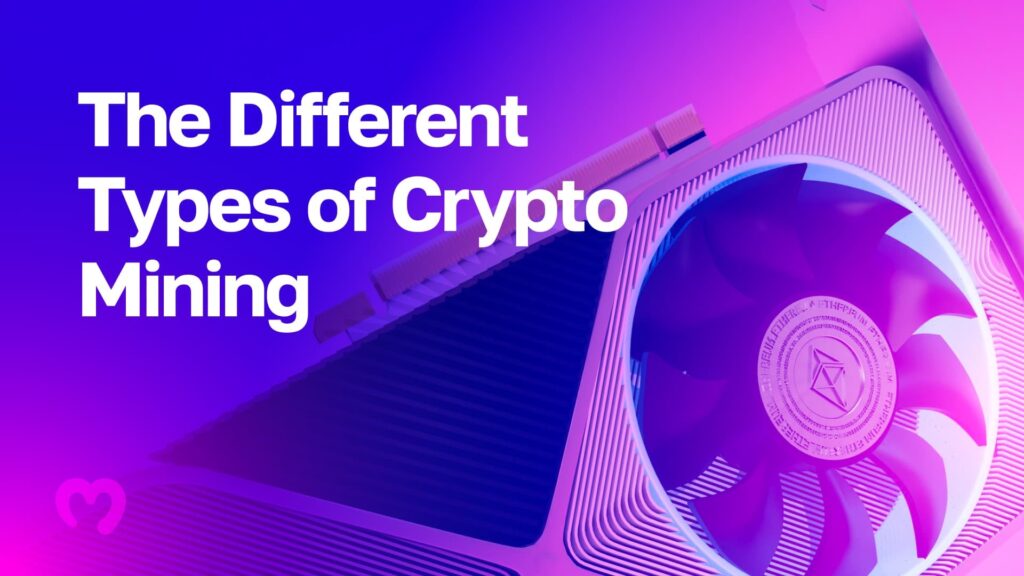Are all cryptocurrencies mined
However, Bitcoin is far from the only player in the game, and there are numerous altcoins that have reached multi-billion dollar valuations. The second largest cryptocurrency is Ethereum, which supports smart contracts and allows users to make highly complex decentralized applications https://xerometer.com/casino-review/aussieplay/. In fact, Ethereum has grown so large that the word «altcoin» is rarely used to describe it now.
For smaller alternative cryptocurrencies or altcoins, there can be noticeable price discrepancies across different exchanges. At CoinCodex, we weigh the price data by volume so that the most active markets have the biggest influence on the prices we’re displaying.
These crypto coins have their own blockchains which use proof of work mining or proof of stake in some form. They are listed with the largest coin by market capitalization first and then in descending order. To reorder the list, just click on one of the column headers, for example, 7d, and the list will be reordered to show the highest or lowest coins first.
Are all cryptocurrencies mined
In the case of mined cryptocurrencies such as Bitcoin, individuals can engage in mining themselves through other methods such as cloud mining, which eliminates the need for them to purchase expensive hardware and instead allows them to leverage existing servers. There are other options for those who want to team up with others to get more mining power. Potential miners could join an existing operation known as a mining pool, which is a group of individuals who mine together via processing power over a network and share rewards based on their contributions.
Bitcoin is the first and the most well-known mineable cryptocurrency. Launched in 2009, Bitcoin uses a Proof of Work (PoW) consensus mechanism. Mining Bitcoin requires specialized hardware known as ASICs (Application-Specific Integrated Circuits). These machines are specifically designed for the purpose of mining Bitcoin and are far more efficient than standard CPUs or GPUs.
Competition to mine Bitcoin (BTC) and other tokens is fierce and carries a steep learning curve. In order to succeed, amateur crypto enthusiasts need to do plenty of research to ensure and have a significant chunk of upfront capital they’re willing to burn.
Mining pools allow miners to combine their computational power, increasing the chances of solving a block and receiving a reward. On the other hand, solo mining can be more rewarding if you are successful, but it’s much more difficult to do profitably, especially with popular coins like Bitcoin.
As someone who has explored the world of cryptocurrency mining for a while, I can confidently say that mining remains one of the most popular ways to earn cryptocurrencies. When we talk about mineable cryptocurrencies, we are referring to coins or tokens that can be obtained through the process of mining, a method that involves using computer power to validate transactions and secure the blockchain network. If you’re considering mining cryptocurrencies, understanding the different types of mineable coins, the mining process itself, and the rewards involved is crucial. This guide will take you through the top mineable cryptocurrencies, compare their features, and give you a clear understanding of how mining works for each.

Are all cryptocurrencies the same
We are «testing the waters» under Regulation A under the Securities Act of 1933. The information contained on the Masterworks.io website has been prepared by Masterworks without reference to any particular user’s investment requirements or financial situation. Potential investors are encouraged to consult with professional tax, legal, and financial advisors before making any investment into a Masterworks offering. All investments involve risk, including the risk of the loss of all of your invested capital. Please consider carefully the investment objectives, risks, transaction costs, and other expenses related to an investment prior to deciding to invest. Diversification and asset allocation do not ensure profit or guarantee against loss. Investment decisions should be based on an individual’s own goals, time horizon, and tolerance for risk.
The unique highlight of cryptocurrencies is the use of blockchain technology. Blockchain serves as a digital, distributed ledger that helps maintain a record of all crypto transactions with clear timestamps. Every blockchain is made of different blocks of transactions, which are added to the blockchain only after verification by majority of candidates.
You can use cryptocurrency to buy goods and services, at least in theory. However, the use of cryptocurrency is not widely accepted yet as an alternative currency (as opposed to, say, the U.S. dollar) and because of this, most investors treat cryptocurrency as an asset like precious metals or stocks.
There are other platforms that do not place a limit on the total number of coins to be issued. Like governments minting fiat, these platforms have the ability to continue creating and distributing coins in perpetuity. Some distribute their coins by selling them, while others give them away in exchange for actual work done in support of the project.
All cryptocurrencies are the same basic technology: a digital, encrypted, and decentralized currency which is not managed by any central bank, nor does it have any physical counterpart. Instead, all cryptocurrencies are issued, managed, and recorded on blockchain, a shared, immutable ledger distributed among a network of computer nodes that records and verifies transactions. Every transaction, or “block,” is linked together on a chain of all previous cryptocurrency transactions which are visible to any computer node with access to the chain.
Interestingly, cryptocurrencies are free from the control of any central authority like the government or a central bank. First of all, you have blockchain technology as the foundation for decentralization of cryptocurrencies. Cryptocurrency transactions might be completely transparent.